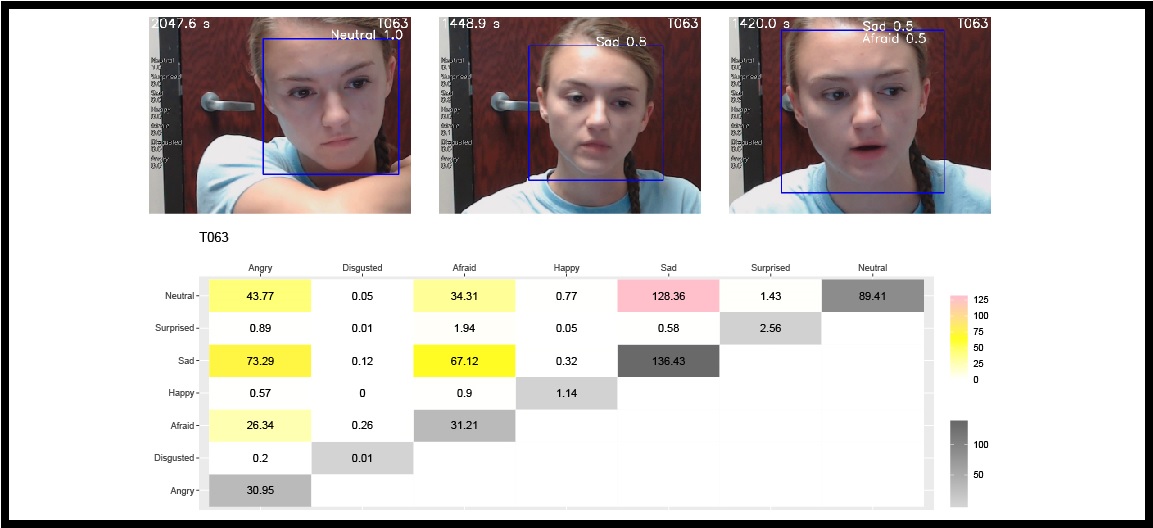
|
|
|
|
|
Multitasking stokes sadness, research finds
HOUSTON, April 28 2020 – University of Houston.
Researchers monitored 26 knowledge workers during report writing – a quintessential activity in the knowledge economy. Thirteen of these workers were frequently interrupting their report writing to answer incoming emails – thus, practicing a widespread form of multitasking. By contrast, the other thirteen workers answered all the incoming emails in a single batch, thus remaining largely uninterrupted during their main task. Decoding and analyzing the emotions manifested through the workers’ facial expressions, the researchers concluded that individuals who engaged in multitasking appeared significantly sadder than those who did not engage in multitasking. Interestingly, sadness tended to mix with a touch of fear in the multitasking cohort.
Sadness is likely instigated by the additional mental loading and stress incurred in serving frequent interruptions amidst a demanding task. Furthermore, subconscious anticipation of the next interruption likely contributes to the onset of a fear response as a mixed effect.
Persistent displayed emotions, either negative or positive, are known to precipitate emotional contagion in the individual’s social environment. Many of us are familiar with the constantly moody person in a neighboring office booth, who does not exactly make our day. This anecdote outlines the broader problem. Knowledge workers often work in open office plans and multi-tasking is a prevalent behavior among their ranks. Because of the latter factor, even normal people are likely to routinely display negative emotions. Due to the former factor, these displayed emotions are visible to all, negatively affecting people who happen to be upbeat while reverberating among those who are already on the `dark side’. Through such a reinforcement feedback loop, a corrosive working and social environment can gradually set in.
Not only the results, but also the methods employed to carry out the present study are of note. The researchers used an AI engine to determine the probabilities of basic displayed emotions for every second of nearly 22 hours of observation. These probabilities of basic instantaneous emotions were then processed through a novel algorithm, which accounted for the presence of mixed emotions – a breakthrough development that promises insightful results in affective studies. Thanks to this new methodology, the researchers were able to uncover the mix of sadness with fear in the multitasking group.
Under normal times, the results of this research reveal stealthy factors that can constantly undermine the work culture in open office environments. At present, with the COVID 19 pandemic raging on, knowledge workers moved out of open office spaces and into open living rooms, often in plain view of their loved ones. In this new normal, the results of the current research sound the alarm about multitasking behaviors precipitating negative emotions in the home environment. `Let us at least protect the new normal, as pitiful as it is, from some ailments of the old normal, Pavlidis – one of the study investigators - said. `Simply refrain from multitasking’, he added.
The research was funded by a grant from the National Science Foundation and was carried out collaboratively by the labs of Ioannis Pavlidis at the University of Houston, Gloria Mark at the University of California, Irvine, and Ricardo Gutierrez-Osuna at Texas A&M University. The work also benefited from the contributions of Panagiotis Tsiamyrtzis at the Polytechnic of Milan.

|
|
 INVESTIGATORS: Ioannis Pavlidis - Gloria Mark - Ricardo Gutierrez-Osuna
INVESTIGATORS: Ioannis Pavlidis - Gloria Mark - Ricardo Gutierrez-Osuna
FUNDING: This work is supported by the National Science Foundation (grants #1704889, #1704682, and #1704636)
RESEARCH ASSISTANTS: Amanveer Wesley - Shaila Zaman
EXTERNAL COLLABORATORS: Panagiotis Tsiamyrtzis
INSTITUTIONS: Computational Physiology Laboratory, University of Houston, USA
Department of Informatics, University of California, Irvine, USA
Perception, Sensing, and Instrumentation Lab, Texas A&M Univeristy, USA
PAPER: To read the paper, go to: Blank C. et al., CHI 2020
[Blank, C., Zaman, S., and Wesley, A. contributed equally as first authors in this paper]
DATA: To access the dataset associated with the paper go to: https://osf.io/mhdgt/
GITHUB: To get the R code, go to: https://github.com/UH-CPL/CHI20-Displayed-Emotions-Methods
